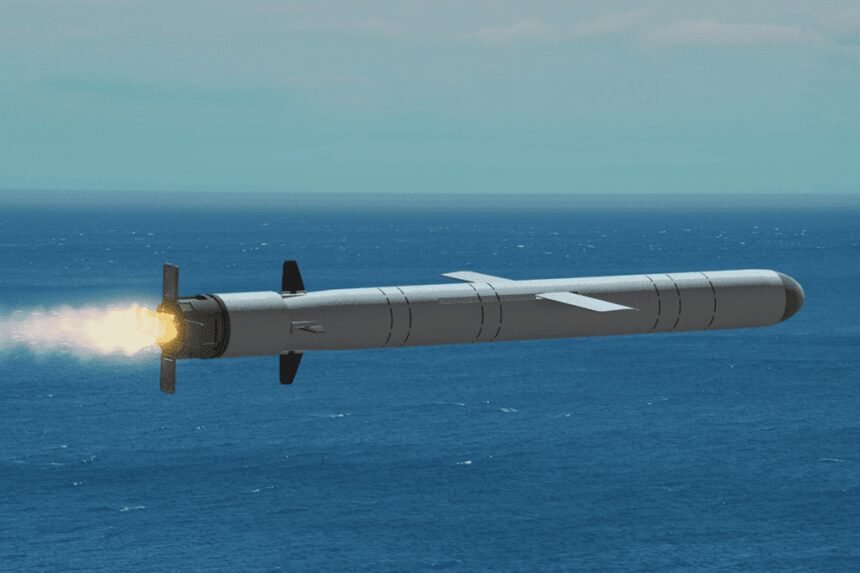NATO views Russia’s test of the Burevestnik nuclear-powered missile as a serious threat due to its virtually unlimited range and advanced maneuvering capabilities.
A classified Alliance document, seen by the German newspaper Die Welt, states that existing security challenges would be further exacerbated by the missile’s destructive potential.
The missile is capable of covering extremely long distances and can reach speeds of up to 900 kilometers per hour. It can be launched from mobile platforms and, thanks to its advanced systems, is able to evade NATO’s air defense networks.
The missile’s nuclear reactor provides a theoretically unlimited operational range, enabling it to travel tens of thousands of kilometers without the need for conventional fuel, remain airborne for extended periods, alter its trajectory, and strike targets from any direction, according to NATO’s assessment.
This revelation highlights the Alliance’s shortcomings when it comes to countering medium- and long-range missiles, especially those with nuclear characteristics. However, some experts remain skeptical about the missile’s actual effectiveness, doubting whether the nuclear reactor can perform as claimed.






